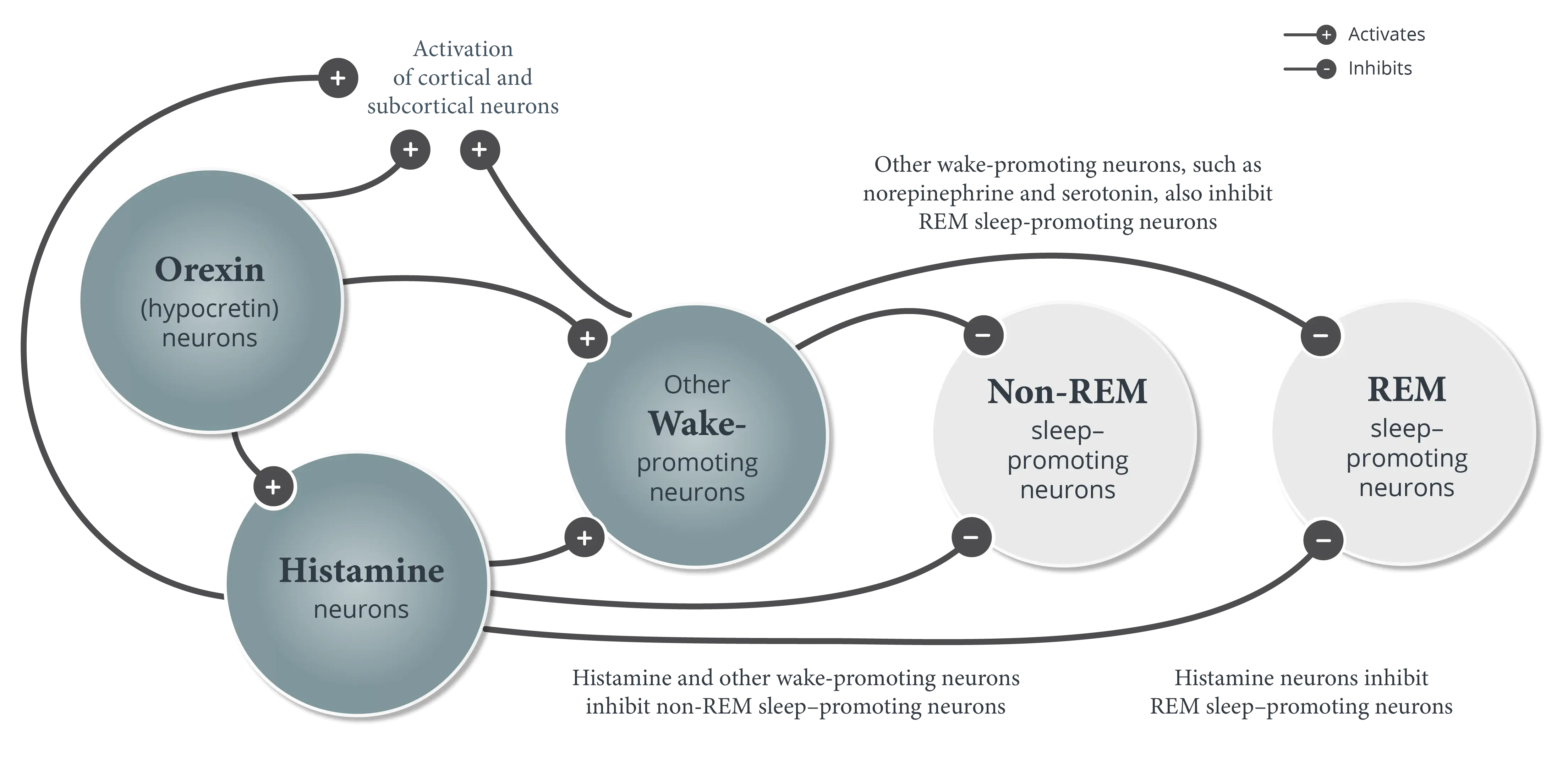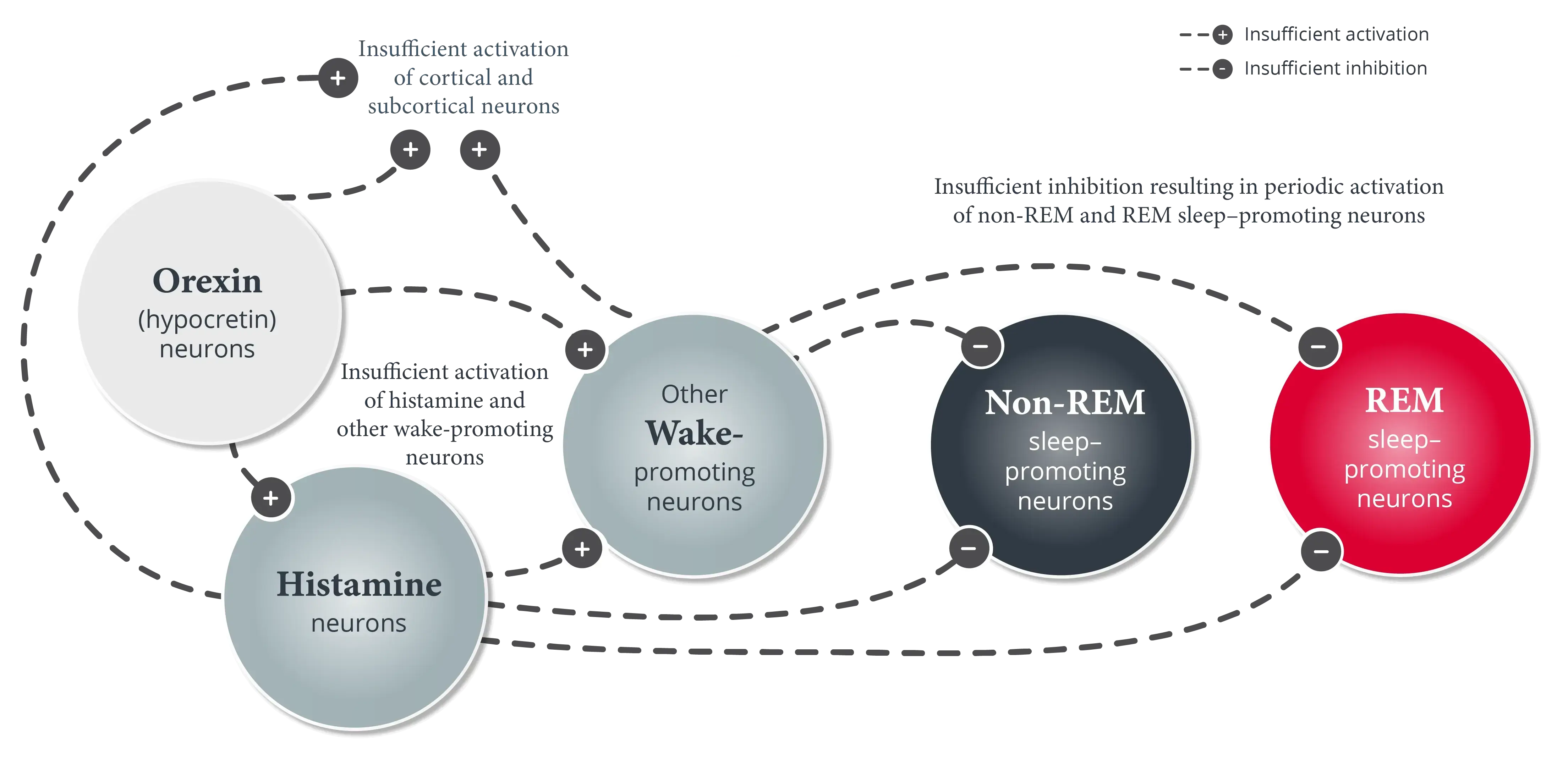

Symptoms as Described by Patients
This content was developed from the US Food and Drug Administration (FDA) Voice of the Patient Narcolepsy Summary Report (2014), with supporting quotes from interviews with real patients living with narcolepsy.
Symptoms as Described by Patients
This content was developed from the US Food and Drug Administration (FDA) Voice of the Patient Narcolepsy Summary Report (2014), with supporting quotes from interviews with real patients living with narcolepsy.
Overview
The symptoms of narcolepsy go beyond the physical. They can be frustrating, embarrassing, and even terrifying.
The Voice of the Patient meeting gave patients the opportunity to discuss their disease and its impact directly with the US Food and Drug Administration (FDA). In 2013, about 120 patients or patient representatives attended a live or web-based meeting and provided their insights into living with narcolepsy.
Participants were primarily women, adults 20 to 50 years of age, and patients who had received a diagnosis within the previous 10 years.
Excessive daytime sleepiness (EDS) was identified by participants as the most significant symptom that affected their daily lives. They emphasized that the effects of EDS are more than just feeling tired or falling asleep during the day.
- They constantly fight against brain fog, other cognitive impairments, and automatic behaviors
- They constantly feel the effects of sleep deprivation
“My head always feels heavy, my vision is usually blurred, and I never feel clear.”
– Voice of the Patient participant
“It’s a level of exhaustion that you don’t feel like you can get out from under.”
– Emily, 32-year-old woman and real patient living with narcolepsy
Patients described their EDS mostly in terms of its cognitive effects, including (in their terms):
- Being in a daze
- Forgetfulness
- Lack of alertness and focus
- Difficulty thinking
- Blurred vision
- Losing brain organization
- Extreme confusion
Despite EDS being identified as the most significant symptom, participants noted that narcolepsy is much more than EDS. For patients who experience cataplexy or other symptoms associated with narcolepsy, such as hypnagogic hallucinations or sleep paralysis, their symptoms can be frustrating and sometimes described as terrifying.
- Loss of bodily control is unpredictable and scary
- Episodes of cataplexy can feel embarrassing for patients
Some patients noted that they avoid strong emotions (eg, laughter, stress) or certain situations to prevent cataplexy attacks.
“Usually the first indication is that I can’t get my hands out of the pocket of my coat, or I can’t move my gaze from a particular place in the room.”
– Nicki, 35-year-old woman and real patient living with narcolepsy
“I’m expending a lot of emotional energy on, ‘hey, make sure you’re controlling your face. Make sure you’re controlling your body.’ ”
– Sean, 37-year-old man and real patient living with narcolepsy
Patients with narcolepsy also reported that their symptoms have a significant and often debilitating impact on their daily life. They reported work-related challenges related to EDS, namely difficulty focusing, engaging with coworkers or clients, and performing other necessary duties. Avoidance of social situations due to embarrassment about EDS or cataplexy has greatly impacted relationships for some patients. Some also shared the frustration of living with stigma and being labeled by others as lazy, careless, or incapable because people are unaware or ignorant of their symptoms.
References
US Food and Drug Administration Center for Drug Evaluation and Research. The Voice of the Patient: Narcolepsy. June 2014. Accessed January 6, 2025. https://www.fda.gov/media/88736/download



